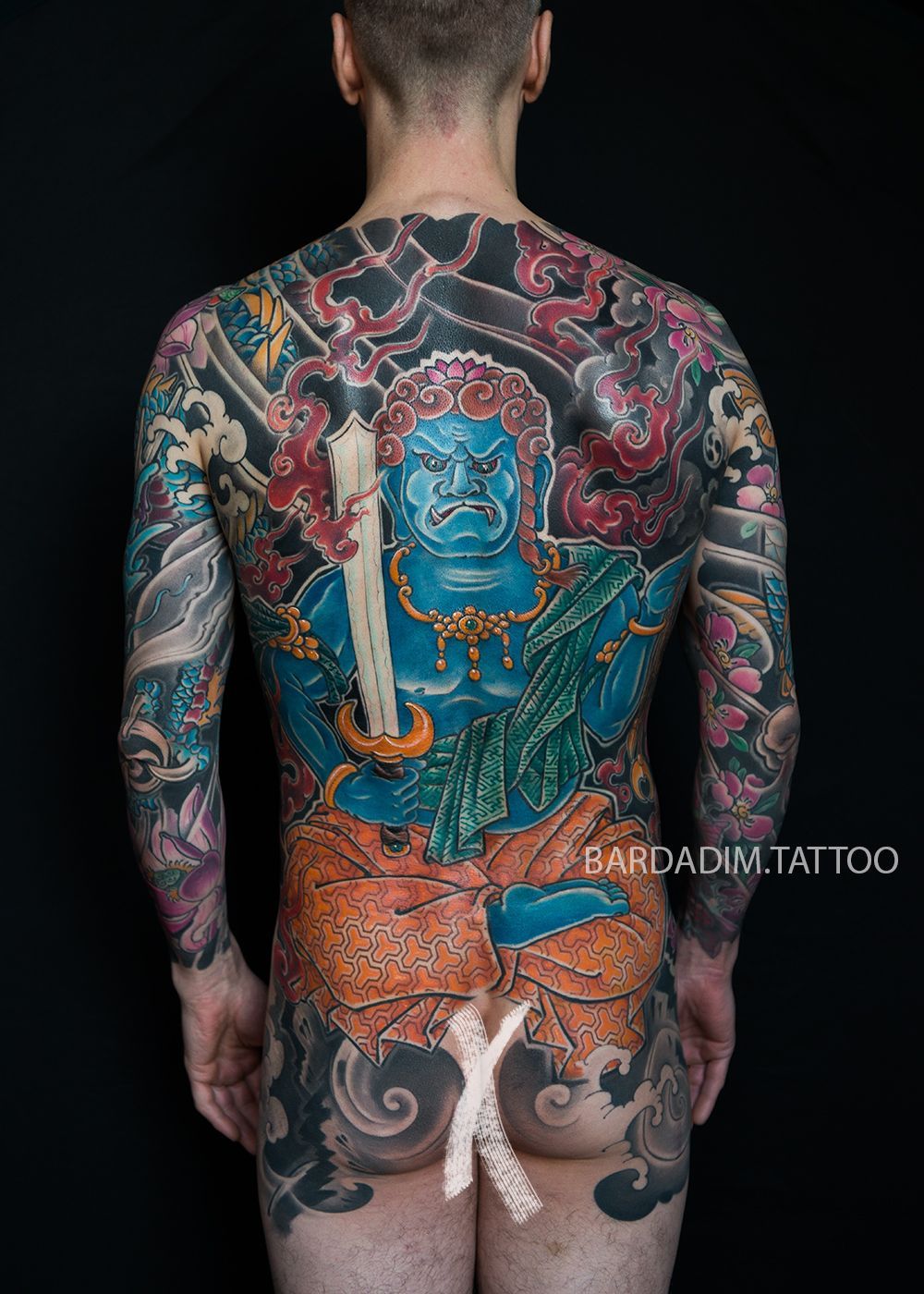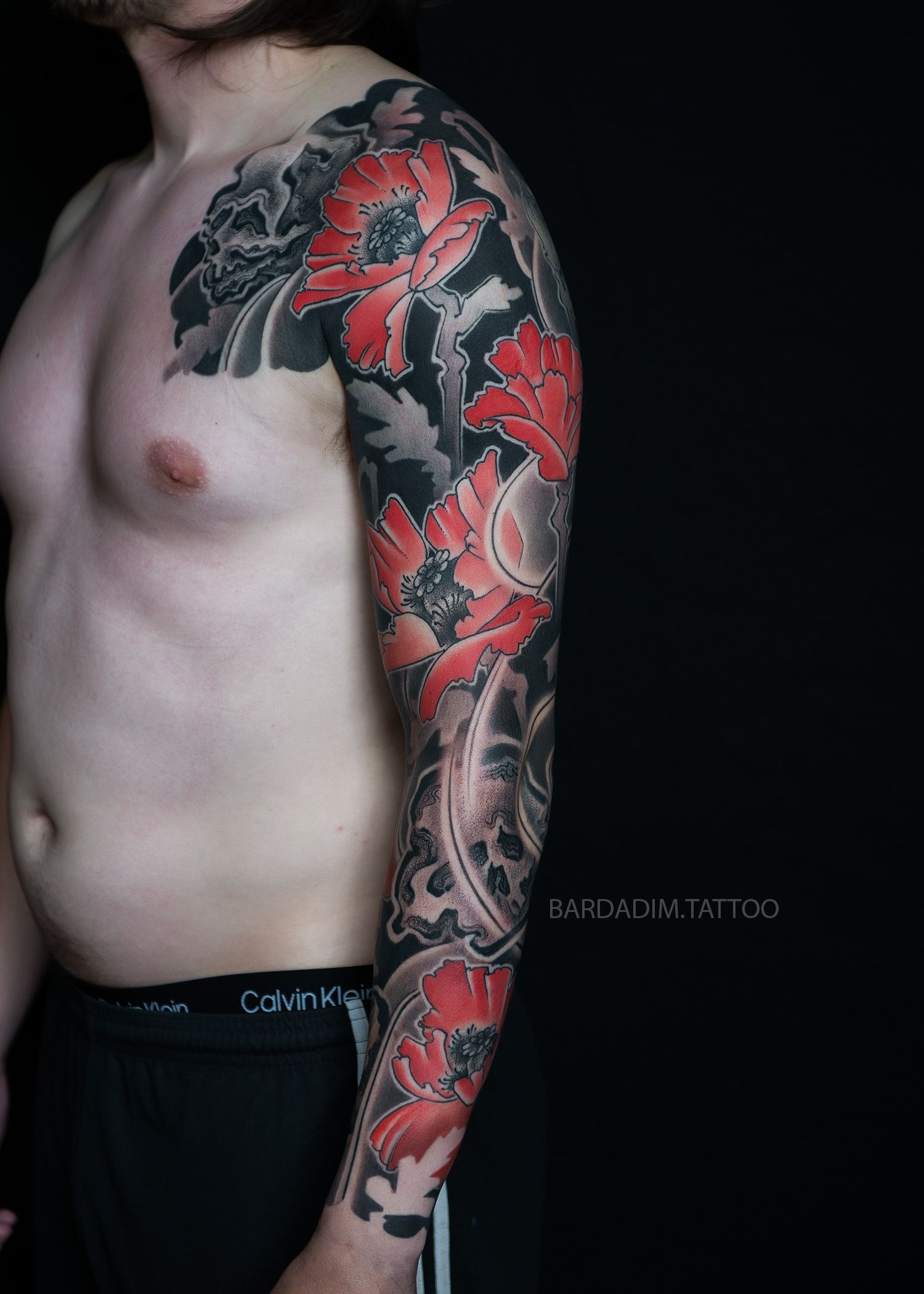Lung-men: The Mountain of Transformation
Lung-men, also known as the Dragon Gate, is a significant mountain in China, situated between Ho-chin County in Shansi Province and Han-ch'eng County in Shensi Province. The mountain’s prominence is not merely due to its geographical location but also because of its cultural and mythical significance. The challenging terrain and the powerful falls of the Yellow River at this juncture create an almost insurmountable obstacle for any fish attempting to swim upstream. Legend has it that any fish that successfully overcomes these obstacles and ascends the falls will transform into a dragon. This tale, deeply rooted in Chinese folklore, symbolizes perseverance, transformation, and the pursuit of greatness.
The Origin of the Lung-men Legend
The story of Lung-men’s transformative powers dates back to ancient Chinese history, with its earliest mention in the Hou Han Shu (History of the Later Han Dynasty). According to this historical record, the phrase “going up Lung-men” became synonymous with striving to improve one’s position in life. The legend of the fish transforming into a dragon after surmounting the falls became a powerful metaphor for personal growth and the relentless pursuit of success. This myth has since inspired countless individuals to persevere through their challenges, believing that, like the fish, they too can achieve greatness if they endure.
The Symbolism of Carp and Waterfalls in Chinese Art
The carp, a common subject in Chinese art, is often depicted ascending a waterfall. This imagery is not merely decorative but is imbued with profound symbolism. The carp’s journey up the waterfall represents the arduous path to success, with the ultimate reward being transformation into a dragon—a creature associated with power, strength, and auspiciousness in Chinese culture. As such, paintings of a carp ascending a waterfall were often given as gifts to individuals aspiring for success, serving as both encouragement and a blessing.
Artistic Interpretation: The Nan-p'in and Maruyama-Shijo Schools
The theme of the carp ascending a waterfall was a popular subject among artists of various schools, particularly the Nan-p'in and Maruyama-Shijo schools. These schools were known for their distinctive styles, which often emphasized natural forms and movements. The depiction of water, especially the dynamic and fluid forms of breaking waves, became a hallmark of these artists. The carp’s interaction with the water, wrapping itself in the waves as it ascends, symbolizes the harmony between effort and the natural world, further reinforcing the idea of perseverance in the face of adversity.
Jakuchü’s Masterpiece: A Unique Artistic Vision
Among the artists who explored this theme, Jakuchü stands out for his unique interpretation. Two years prior to creating the work in question, Jakuchü painted another carp of a similar type, which was recorded in a sale catalogue. In this earlier painting, the carp rises through the stream with remarkable strength, wrapping the water around its body like a garment, showcasing both the power of the fish and the fluidity of the water. This earlier work is noted for its originality and dynamic energy, which is somewhat subdued in the later painting.
Analysis of Jakuchü’s Later Work
The painting by Jakuchü that is the focus of this discussion, while less vital in its brushwork compared to his earlier masterpiece, still embodies the artist’s distinctive style. The breaking wave forms, unique to Jakuchü, are present, though perhaps with less vigor than in his earlier work. Despite this, the painting remains a significant example of Jakuchü’s skill and artistic vision, capturing the essence of the carp’s struggle and its symbolic journey towards transformation.
The Enduring Legacy of Lung-men
The legend of Lung-men and the artistic interpretations it has inspired continue to resonate in Chinese culture. The tale of the fish that becomes a dragon after overcoming great obstacles serves as a powerful reminder of the importance of perseverance and the rewards of steadfast effort. Whether depicted in ancient texts or immortalized in the brushstrokes of master artists, the story of Lung-men remains a timeless symbol of transformation and success, inspiring generations to strive for their own ascent, no matter the challenges they face.
In sum, the myth of Lung-men and its representation in Chinese art exemplifies the cultural significance of perseverance, ambition, and transformation. It stands as a testament to the enduring power of myth and art to convey profound truths about the human experience.
All Tattoo Projects
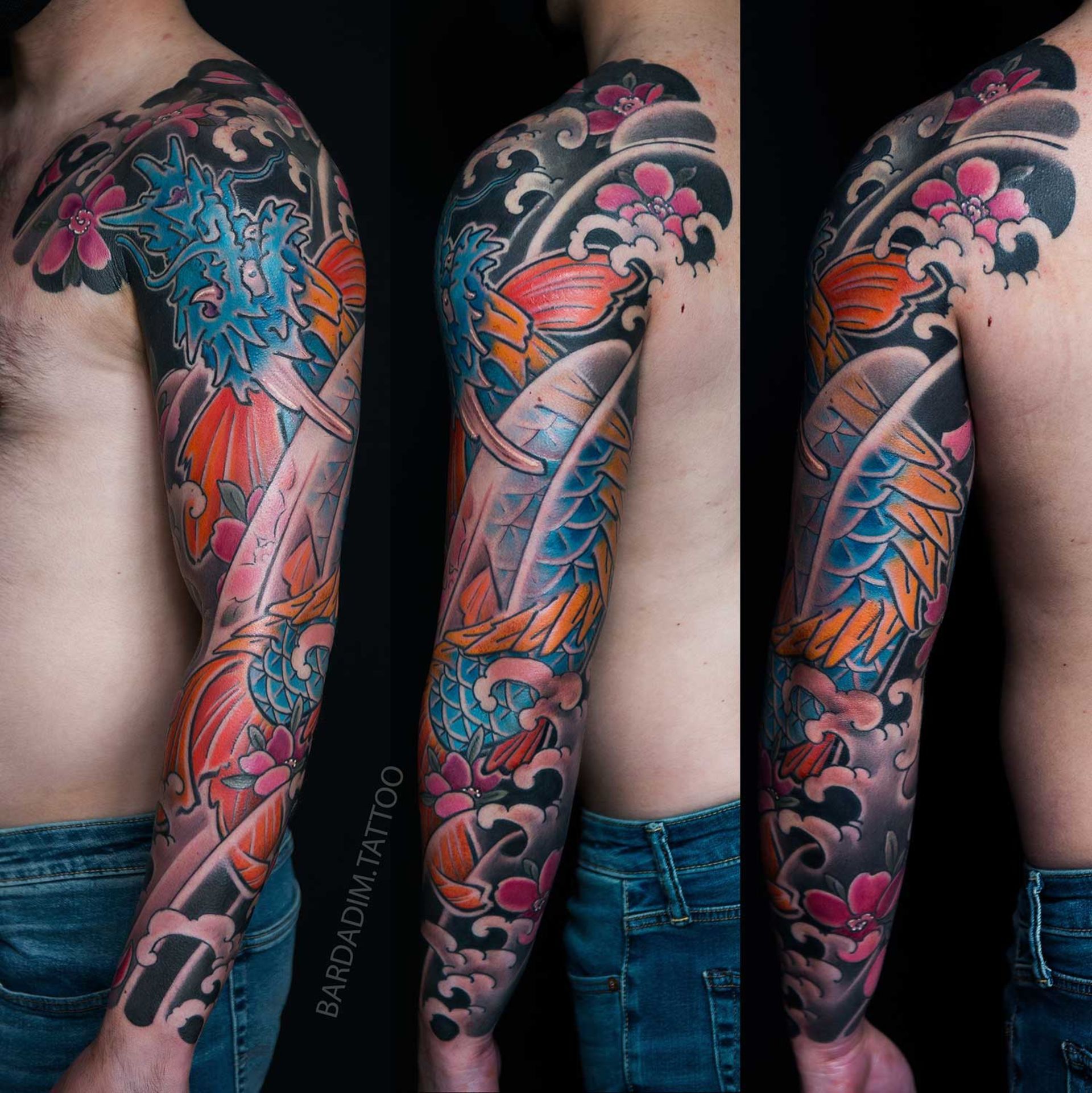
Other Posts

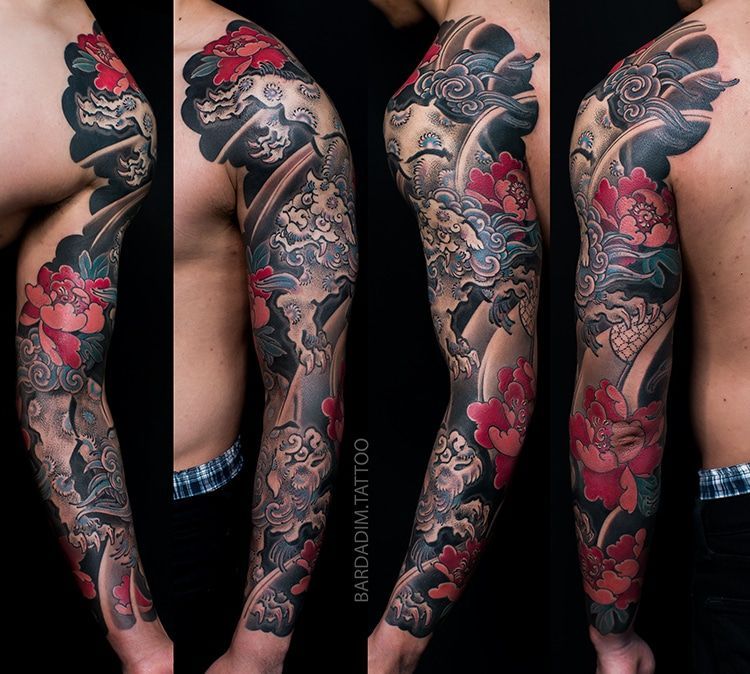
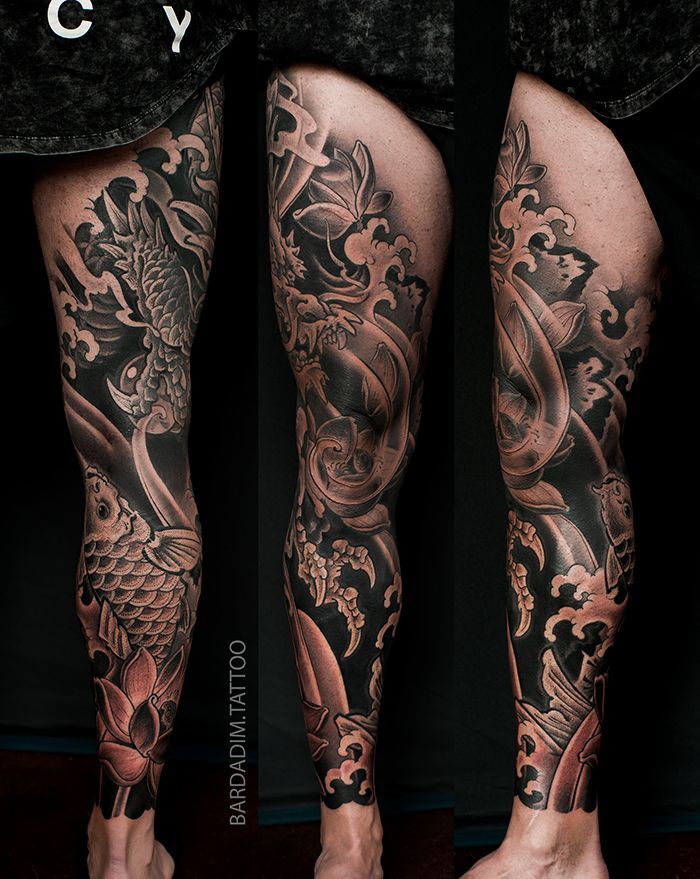
Ready to start your tattoo project?
We do NOT do walk-ins. ONLY private appointments which really easy to schedule. Please learn the process and request your consultation.



